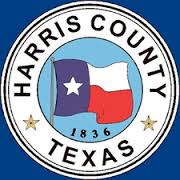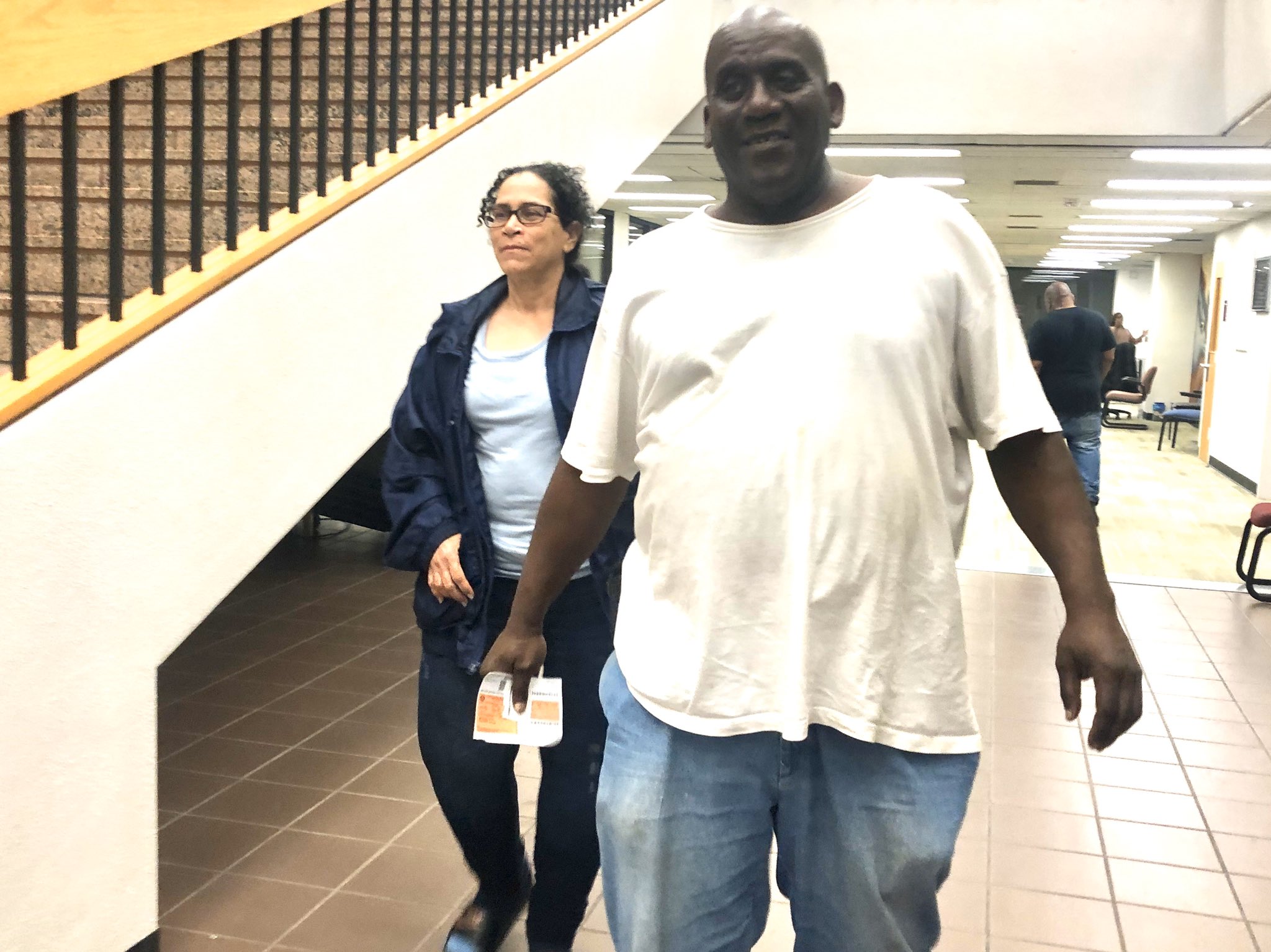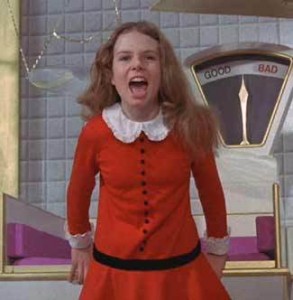I’ve been thinking a lot lately about the relationship between how statewide Democratic candidates do in Harris County versus how they do overall, and what that might tell us about the state of play in Harris County. Since I started blogging in 2002, Harris has gone from all red to a bluish purple or still red depending on what year it was to all blue. I get the sense a lot of folks don’t know how to contextualize this. The trends are clear, but we’ve only had three actual all-blue elections, and only one of them was in a non-Presidential year. We’ve had precious little polling in Harris County, none of which I’d consider useful or reliable. So if all we have is statewide polling, what if anything can that tell us?
In this post, I’m going to go through the numbers at the statewide and Harris County level and see what that can tell us. Let’s begin with the first three elections since I began blogging.
2002 2004 2006
State Harris Diff State Harris Diff State Harris Diff
43.33 45.99 2.66 38.22 44.56 6.34 36.04 41.26 5.22
39.96 43.22 3.26 40.94 44.56 3.62 29.79 34.46 4.67
46.03 46.92 0.89 40.77 45.56 4.79 37.45 41.69 4.24
41.08 43.06 1.98 42.14 46.73 4.59 37.23 40.69 3.46
32.92 36.32 3.40 37.01 41.85 4.84
41.48 43.02 1.54 40.96 44.13 3.17
37.82 41.59 3.77 41.79 45.14 3.35
41.49 42.38 0.89 41.73 44.81 3.08
40.51 43.39 2.88 44.89 47.99 3.10
41.54 44.42 2.88 43.35 47.02 3.67
41.89 44.05 2.16
43.24 45.48 2.24
45.90 50.14 4.24
39.15 42.61 3.46
42.61 45.14 2.53
40.01 43.32 3.31
Min 0.89 Min 3.62 Min 3.08
Max 4.24 Max 6.34 Max 5.22
Avg 2.63 Avg 4.84 Avg 3.88
The first number for each year represents the statewide percentage for each Democratic candidate. The numbers are in the order that the candidates appear on the ballot, so for a Presidential year you get President, then Senate if there was a Senate race (there was not in 2004), then Railroad Commissioner because there’s always an RRC race, then the Supreme Court and Court of Criminal Appeals races. I only reported the races that included a Democratic candidate, so this will vary from year to year. For non-Presidential years it will be Senate if there is such a race (there were in 2002 and 2006), then Governor and the state executive offices, and SCOTx and the CCA. Again, only the races with Dems so there will be variation.
The second column is the Harris County percentage for that candidate, and the third column is the difference between the two. So, for 2002, that first row is Ron Kirk’s statewide and Harris County percentages, and the fact that he did 2.66 points better in Harris. In 2004, that first row is for John Kerry, and in 2006 it’s for Barbara Radnofsky, with the second row being Chris Bell in that weird four-way gubernatorial race.
With me so far? The section at the bottom is a simple summary. It shows the minimum, maximum, and average differences between the statewide and Harris County percentages. In all cases, the Dem candidate did better in Harris than overall, though in 2002 that wasn’t very much. For Lt. Gov. candidate John Sharp and RRC candidate Sherry Boyles, it was less than a point. (If you’re wondering who it was that carried Harris County in 2002, it was CCA candidate Margaret Mirabal.) It begins to grow in 2004 but takes a step back in 2006, and in either case still isn’t very much.
I almost didn’t go all the way back to 2002 because that election was so wildly different from this one it’s like visiting another planet to look at its results. In the end I think it was useful to include all of these elections to show what conditions used to be like. If nothing else, these three years provide a nice bit of contrast to the next four election years.
2008 2010 2012 2014
State Harris Diff State Harris Diff State Harris Diff State Harris Diff
43.68 50.45 6.77 42.30 50.23 7.93 41.38 49.39 8.01 34.36 42.10 7.74
42.84 50.71 7.87 34.83 42.13 7.30 40.62 48.03 7.41 38.90 47.08 8.18
44.35 50.02 5.67 33.66 41.00 7.34 39.60 46.89 7.29 38.71 46.85 8.14
43.79 49.14 5.35 35.29 42.32 7.03 41.91 49.21 7.30 38.02 45.82 7.80
45.88 51.34 5.46 35.80 42.86 7.06 41.24 49.41 8.17 37.69 45.80 8.11
44.63 51.51 6.88 36.24 43.59 7.35 35.32 43.75 8.43
45.53 51.29 5.76 37.26 43.67 6.41 36.84 43.71 6.87
43.75 50.50 6.75 37.00 44.10 7.10 37.25 44.16 6.91
35.62 41.73 6.11 36.49 43.64 7.15
36.62 42.99 6.37 37.60 45.54 7.94
36.54 43.92 7.38
Min 5.35 Min 6.11 Min 7.29 Min 6.87
Max 7.87 Max 7.93 Max 8.17 Max 8.43
Avg 6.31 Avg 7.00 Avg 7.64 Avg 7.70
Same setup as before, but you can already see how things are different. For one thing, obviously, we now have Democrats winning Harris County. That was true at the county candidate level as well – we’ll look more closely at that in the future. I believe we have this step up in part because Democrats finally began to get their act together organizationally in 2008. It was a big election nationally of course, with a ton of Democratic activist energy, but that had been the case elsewhere in 2006 as well. It just didn’t translate here, and I would chalk that up to the amount of organization at the county level.
I have long believed that if we had had better organizing in 2006, Dems could have won a couple of judicial races at least. We had one candidate crack 49%; it wouldn’t have taken much. Indeed, Jim Sharp got 50.12% in Harris County in 2006 in his race for an appellate court seat, but as that covered multiple counties he fell short that year. (He went on to win in 2008.) Instead, we got the narrative of Dallas County Dems breaking through and sweeping in 2006, setting up the notion that 2008 would be Harris’ year. Maybe that had a positive effect on the engagement level, I don’t know. I do know that it didn’t have to be so all-or-nothing.
Note that while 2008 was a high point for Dems in this grouping, the boost to candidates in Harris County continued to grow. Even with the disasters of 2010 and 2014 and the slight step-back in 2012, Dems kept performing better in Harris County compared to the state as a whole. Again, I credit better organizing locally and the fact that Harris County was becoming more Democratic relative to the state. The point here is that this gap hasn’t shrunk in bad years for Dems. The trend has been in one direction.
That trend continued through the next two elections before a minor reversal in 2020:
2016 2018 2020
State Harris Diff State Harris Diff State Harris Diff
43.24 53.95 10.71 48.33 57.98 9.65 46.48 55.96 9.48
38.38 47.35 8.97 42.51 52.11 9.60 43.87 52.90 9.03
38.53 47.96 9.43 46.49 56.07 9.58 43.56 52.90 9.34
41.18 50.78 9.60 47.01 56.90 9.89 44.49 53.16 8.67
39.36 48.28 8.92 43.39 52.74 9.35 44.08 53.49 9.41
40.05 49.86 9.81 43.19 53.71 10.52 44.76 53.76 9.00
40.20 49.53 9.33 46.41 56.68 10.27 44.35 52.97 8.62
40.89 50.72 9.83 43.91 53.25 9.34 45.18 54.45 9.27
46.83 56.68 9.85 44.70 54.72 10.02
46.29 56.48 10.19 45.47 54.00 8.53
46.29 55.18 8.89
45.48 55.62 10.14
45.85 54.90 9.05
Min 8.92 Min 8.89 Min 8.53
Max 10.71 Max 10.52 Max 10.02
Avg 9.58 Avg 9.72 Avg 9.14
Despite several candidates failing to reach fifty percent in 2016, every statewide Dem carried Harris County; there were third party candidates getting about five percent in the judicial races and almost ten points in the RRC race between Wayne Christian and Grady Yarbrough, which accounts for the difference. We’ll get into this later, but it was pretty common for local Dems to outperform statewide Dems in many of these years. I chalk that up to a combination of weak statewide Dems and that strong local organizing along with some pretty good county candidates.
The main takeaway from this is that even statewide candidates with pretty poor overall showings were able to win Harris County by fairly comfortable margins. Look at Lupe Valdez in 2018, the second candidate listed, for a prime example. Valdez got 42.51% statewide in 2018, the lowest showing among Dems, but finished with 52.11% in Harris County. This is the context I think about when I look at statewide polling. If Beto O’Rourke finishes with 44 or 45% statewide, he’s probably going to get 53 or 54 percent in Harris County. A 44-45% finish for Beto statewide implies that he lost by 9-11 points, whereas nearly all of the polls we have seen have had him down between six and eight points.
The flip side is also of interest. There was a poll of Harris County released a few days back by a wingnut former legislator that claimed Lina Hidalgo was losing by four points while Beto was carrying Harris County by only two points. For Beto to be winning Harris by two points – in other words, for him to be getting at most 51% in Harris County – means he’s losing statewide by at least 15 points – 57-42 is the number I’ve had in mind. To say the least, there is no polling evidence to support that.
Now, could the polls be wrong? Could Beto crater? Could this advantage Dems have had in Harris County decline further? Sure, any or all of those things could happen. We saw it decline a bit in 2020. I give some of the credit to that for better Republican organizing, though the loss of straight ticket voting and just the general conditions for 2020 could also be factors. It’s impossible to say if that’s a one-off or the start of a new trend based on the one data point. It would have to be a big step back for it to make me adjust my expectations. At this time, at least, I don’t feel the need to do that. Those things could happen, but that doesn’t mean they’re likely to do so.
So this is where I am, mentally and emotionally right now. I had the chance to talk about this thesis with some folks over the weekend, and none of them looked at me like I was crazy. (They may have just been polite.) I’ve got some more data to present in the next couple of days, and we can see how we all feel at the end of that. But this is where I am. What do you think?
























